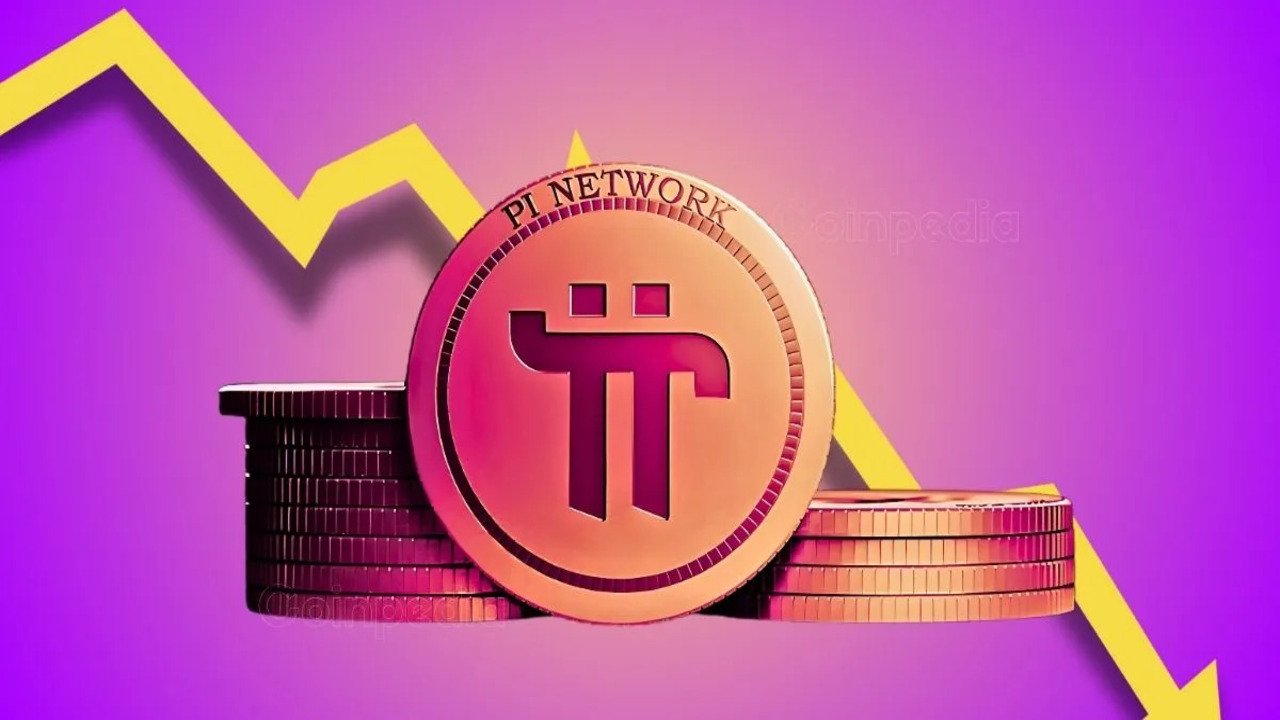Ethereum Cryptocurrency | Smart Contracts & Blockchain.
In the ever-evolving landscape of digital innovation,Ethereum. few technologies have captured the imagination and sparked as much debate as blockchain. Born from the cryptic origins of Bitcoin, this distributed ledger technology has blossomed into a force poised to redefine not only our financial systems but the very nature of digital interaction. At the heart of this revolution lies Ethereum, a platform that has transcended the initial concept of a peer-to-peer electronic cash system to become a global, decentralized computer. This article delves into the intricate and interconnected worlds of Ethereum, smart contracts, and the foundational blockchain technology, exploring their mechanics, their applications, and the profound implications they hold for our collective future.
Thank you for reading this post, don't forget to subscribe!The Bedrock of Trust: Deconstructing Blockchain Technology
Before one can truly grasp the significance of Ethereum, it is imperative to understand the bedrock upon which it is built: blockchain technology. At its core, a blockchain is a distributed, immutable, and transparent ledger.Imagine a digital record book shared among a vast network of computers.Each “block” in this chain contains a batch of transactions, and each new block is cryptographically linked to the one before it, creating a chronological and unalterable chain of information.
This distributed nature means that no single entity has control over the ledger; instead, it is maintained and validated by a consensus of participants in the network.This decentralization is a radical departure from traditional centralized systems, where a single authority, such as a bank or a government, holds all the power and data. The immutability of the blockchain is ensured through cryptographic hashing. Any attempt to alter a previous block would change its hash, and consequently, the hashes of all subsequent blocks, making tampering immediately evident to the entire network.This inherent security and transparency foster a level of trust that was previously unattainable in the digital realm.
The concept of blockchain was first introduced in 2008 by the anonymous creator(s) of Bitcoin, Satoshi Nakamoto, as the underlying technology for the cryptocurrency.However, the true potential of blockchain extends far beyond digital currencies. Its ability to create a secure and transparent record of any type of data makes it applicable to a wide array of industries, including supply chain management, healthcare, and voting systems.
Ethereum: The World’s Programmable Blockchain

While Bitcoin demonstrated the power of a decentralized ledger for financial transactions, Ethereum, conceived by programmer Vitalik Buterin in 2013 and launched in 2015, took the concept a monumental step further.Buterin envisioned a blockchain that could do more than just track transactions; he imagined a platform for building and deploying decentralized applications (dApps).Ethereum is often described as a “world computer,” a global, decentralized platform that runs on a network of thousands of nodes.
At the core of Ethereum is its native cryptocurrency, Ether (ETH), which serves two primary purposes. Firstly, it is used to pay for transaction fees and computational services on the network.Secondly, it acts as a store of value and a medium of exchange, similar to other cryptocurrencies.However, the true innovation of Ethereum lies in its ability to execute “smart contracts.”
A key component of the Ethereum network is the Ethereum Virtual Machine (EVM).The EVM is the runtime environment for smart contracts on Ethereum, acting as a global, decentralized computer that executes code exactly as programmed, free from the risks of fraud, downtime, or third-party interference.It is a Turing-complete virtual machine, meaning it can execute any computational problem given enough resources.When a smart contract is deployed to the Ethereum blockchain, its code is compiled into bytecode that the EVM can understand and execute.This ensures that every node in the network processes the smart contract in the same way, maintaining the integrity and consensus of the blockchain.
Smart Contracts: The Automated Heart of Ethereum

Smart contracts are the cornerstone of Ethereum’s functionality.They are self-executing contracts with the terms of the agreement between buyer and seller being directly written into lines of code.These contracts are stored and replicated on the blockchain, making them immutable and transparent.Once the conditions of a smart contract are met, the code automatically executes the agreed-upon actions without the need for intermediaries like lawyers or banks.
This automation offers a multitude of benefits, including increased efficiency, reduced costs, and enhanced security.Because the terms are encoded and the execution is handled by the decentralized network, the risk of fraud or manipulation is significantly minimized.
The process of creating and deploying a smart contract on Ethereum typically involves writing the code in a high-level programming language like Solidity, which is similar to JavaScript.This code is then compiled into bytecode and deployed to the Ethereum blockchain as a transaction.Once deployed, the smart contract resides at a specific address on the blockchain and can be interacted with by users who send transactions to that address.
The applications of smart contracts are vast and continue to expand. In the realm of decentralized finance (DeFi), smart contracts are the backbone of lending platforms, decentralized exchanges, and stablecoins, enabling peer-to-peer financial services without traditional intermediaries.They are also being used in supply chain management to track goods and ensure their authenticity, in real estate for transparent property transactions, and in the creation of unique digital assets known as Non-Fungible Tokens (NFTs).
The Fuel for the Machine: Understanding Gas in Ethereum
Every operation on the Ethereum network, from a simple transaction to the execution of a complex smart contract, requires a certain amount of computational power. To compensate the network’s validators (previously miners) for this work and to prevent the network from being bogged down by inefficient or malicious code, Ethereum introduced the concept of “gas.”
Gas is the unit of measurement for the computational effort required to execute specific operations on the Ethereum network. Each operation, from a simple addition to storing data, has a fixed gas cost. The more complex an operation, the more gas it consumes.
When a user initiates a transaction, they must specify a “gas limit,” which is the maximum amount of gas they are willing to spend on that transaction. They also set a “gas price,” which is the amount of Ether they are willing to pay per unit of gas. The total transaction fee is then the product of the gas used and the gas price. This fee is paid to the validators who include the transaction in a block.
The gas mechanism serves several crucial purposes. It incentivizes validators to secure the network and process transactions. It also acts as a deterrent against spam and infinite loops in smart contracts, as a transaction will run out of gas and be reverted if it exceeds its gas limit. The price of gas can fluctuate based on network congestion; during times of high demand, users may need to pay a higher gas price to have their transactions processed quickly.
The Evolution of Ethereum: The Journey to Ethereum 2.0
One of the most significant challenges facing the initial version of Ethereum was its scalability. The network could only handle a limited number of transactions per second, which led to high gas fees and slow confirmation times during periods of high usage. To address these limitations, the Ethereum community embarked on a multi-year upgrade known as Ethereum 2.0 (now often referred to as “The Merge” and subsequent upgrades).
A central component of this upgrade was the transition from a Proof-of-Work (PoW) consensus mechanism to a Proof-of-Stake (PoS) model. In a PoW system, miners compete to solve complex mathematical puzzles to validate transactions and create new blocks, a process that is incredibly energy-intensive. In a PoS system, validators are chosen to create new blocks based on the amount of cryptocurrency they “stake” as collateral. This transition, which was completed in September 2022, dramatically reduced Ethereum’s energy consumption by over 99.95%.
Beyond the move to PoS, the Ethereum 2.0 roadmap also includes the implementation of “sharding.” Sharding is a technique that will split the Ethereum network into multiple smaller, parallel chains, or “shards,” each capable of processing transactions and smart contracts independently. This will significantly increase the network’s overall throughput and scalability, allowing it to handle thousands of transactions per second.
The Future is Programmable: The Road Ahead for Ethereum and Blockchain
The journey of Ethereum and blockchain technology is far from over. As the technology matures, we can expect to see continued innovation and wider adoption across a multitude of industries. The integration of blockchain with other emerging technologies like artificial intelligence and the Internet of Things holds immense potential for creating more intelligent and autonomous systems.
In the financial sector, DeFi is poised to continue its disruption of traditional finance, offering more accessible and transparent financial services to a global audience. In the realm of digital ownership, NFTs are likely to evolve beyond digital art and collectibles to represent ownership of real-world assets like real estate and intellectual property.
The rise of decentralized autonomous organizations (DAOs), which are governed by smart contracts and community consensus, could fundamentally change how businesses and organizations are structured and managed. Furthermore, the growing focus on interoperability will enable different blockchain networks to communicate and share data seamlessly, creating a more interconnected and collaborative decentralized ecosystem.
However, challenges remain. Regulatory uncertainty, scalability issues on some networks, and the need for more user-friendly interfaces are all hurdles that need to be overcome. Security also remains a critical concern, as vulnerabilities in smart contracts can lead to significant financial losses. Ongoing research and development in areas like formal verification and secure coding practices are essential to mitigating these risks.
In conclusion, Ethereum, powered by the revolutionary potential of smart contracts and built upon the secure foundation of blockchain technology, represents a paradigm shift in how we interact with the digital world. It is more than just a cryptocurrency; it is a global, programmable platform that is empowering developers and entrepreneurs to build a more decentralized, transparent, and equitable future. While the road ahead will undoubtedly have its challenges, the momentum behind this technology is undeniable. The programmable ledger is here, and it is weaving the fabric of a future where trust is embedded in code and the power of the network is returned to its users.













